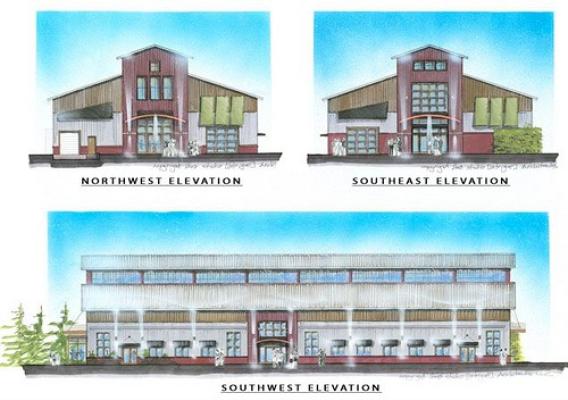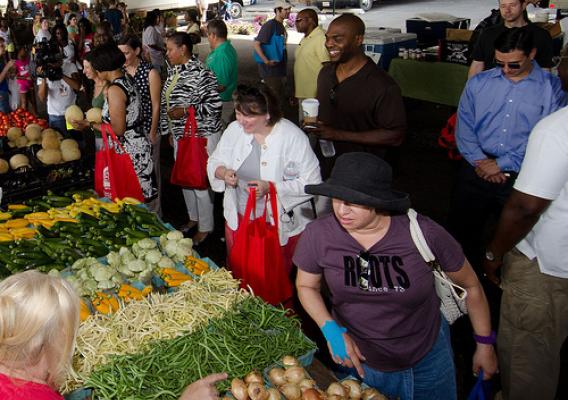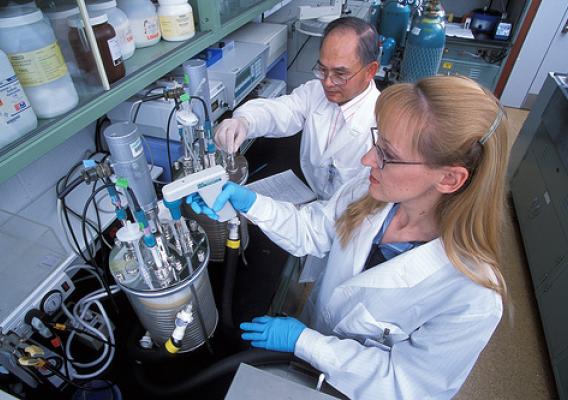This morning at the Ohio Grown: Local Food Creating Local Opportunities conference at The Ohio State University, I had the pleasure of announcing that Ohio is the first state to join the interstate meat shipment program created by the 2008 Farm Bill. The program provides an opportunity for state-inspected meat and poultry processors to ship their products across state lines, helping these small businesses access new markets.
Before, state-inspected meat facilities like these were limited to selling their products within the state. This new program ensures that they meet federal food safety standards, which will be administered by state food inspectors and agriculture officials and overseen by USDA. Several small meat processors in Ohio plan to lead the way as the first state-inspected facilities in the country to take advantage of the program.
For example, Ben Fligner, owner of Great Lakes Smoked Meats in Lorain, is proud to be able to expand a business that produces 35 varieties of fully-cooked smoked meat products like andouille sausage, kielbasa, bratwurst and knackwurst.








